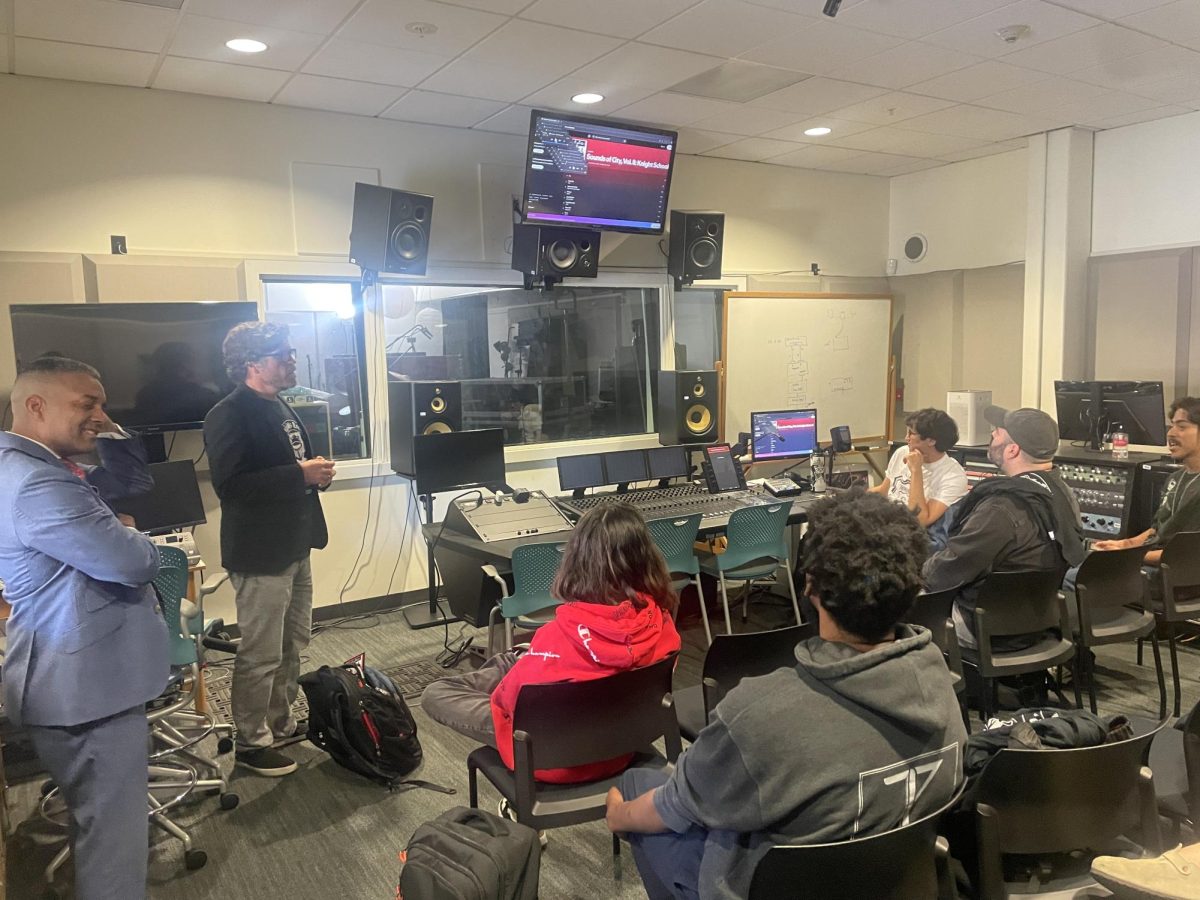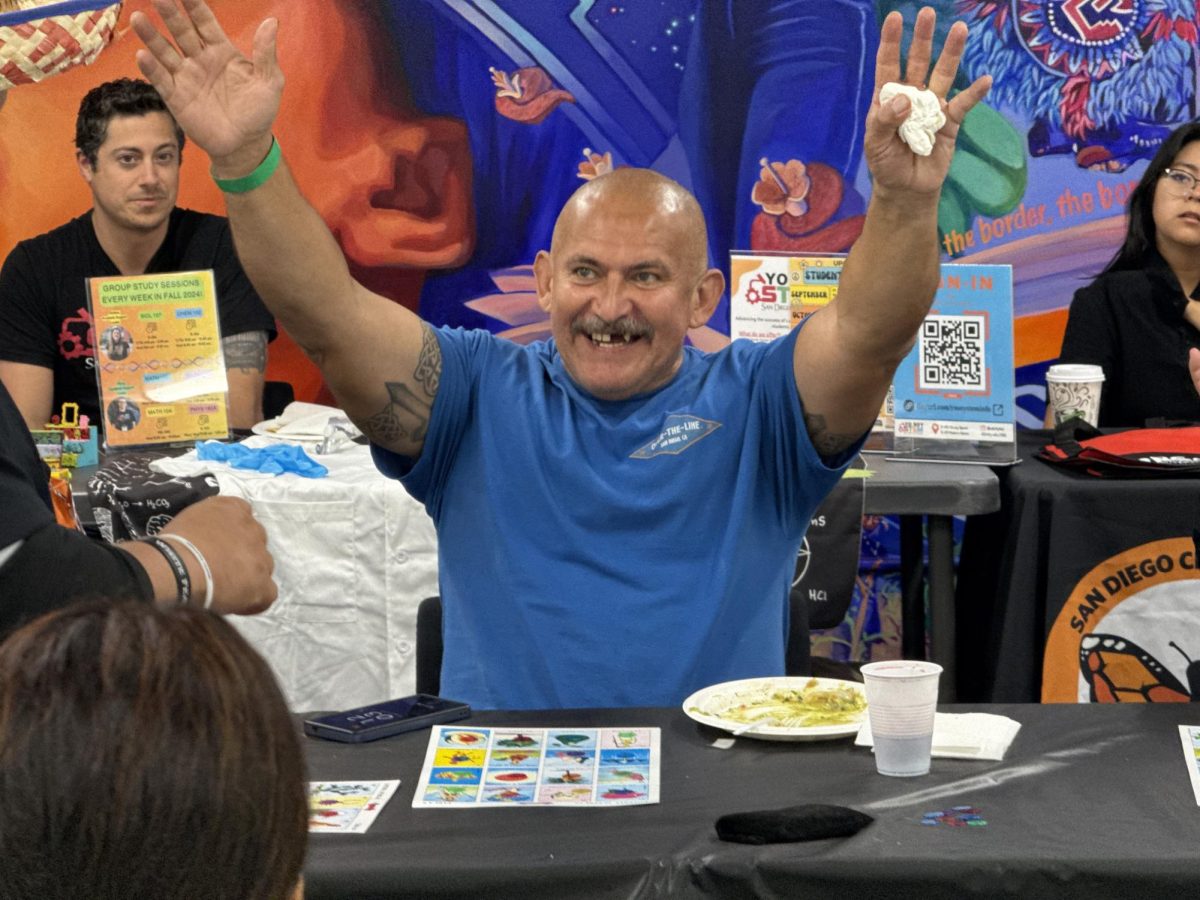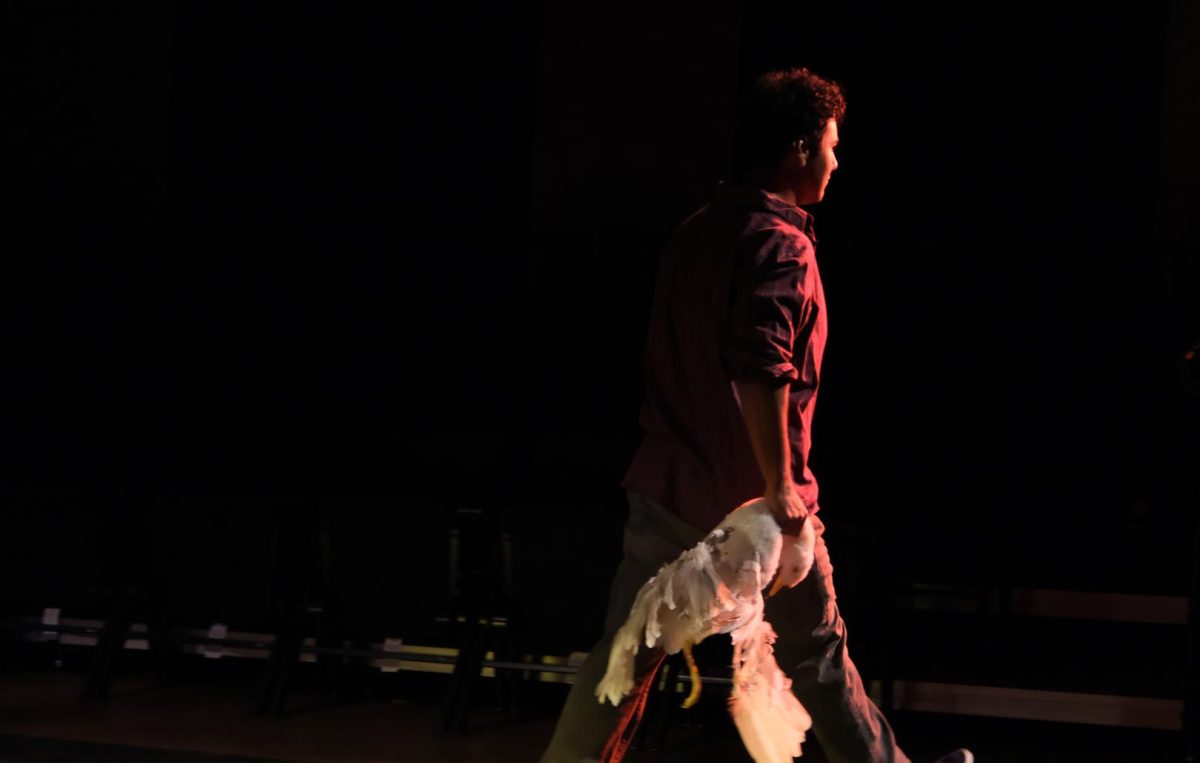A scene from the film “Saging the World” opens with a drone POV showing an aerial view of a commercial sage farm; small white bushes in rows are scattered across the dry landscape.
The owners, Ellen Woodward-Taylor and Ken Taylor, tend to the white sage plants, harvesting them to make smudge sticks and essential oils. This is one of the few commercial farms trying to stop the bleeding of illegal sage harvesting.
Ellen recounts how they started planting their sage: “I was taking it to shows with me and it was getting… it was popular. I mean, everybody was liking sage anyway so I was able to sell it, but I could see that first, I didn’t really have enough time to wild harvest. And the second thing is that I could see we were going to run out of it. Then in ‘99, we bought this property (Sage Wind Farms). When I got up here, we were here for about a year and I got this idea that we could grow sage.”
“Saging the World” is a 20-minute documentary on the illegal harvesting, commercialization and appropriation of white sage.
In recent years, white sage has become a hot commodity for people across the globe. Sites like Amazon, Etsy, Walmart and Alibaba have white sage as a product on their marketplaces. But they aren’t telling you how they acquire these large quantities to sell.
The film shows poachers have been illegally harvesting and selling this plant for a profit, leading to mass deforestation of white sage in southern California. They rip the sage plants from the root, packing as much as they can into bags.
Nick Rocha, Gabrielino-Shoshone Tribal Council chairman, explained some of the repercussions of illegal sage farming.
“Back in the late 70’s, early 80’s is what she would call happy sage,” Rocha said. “You’d find sage was on stalks five to six feet high. Now you’re lucky if you find one, maybe two feet. The plants are constantly learning to adapt, but their life cycles are being hindered by those who want to poach it.”
Indigenous groups have been tending to and harvesting white sage for generations for food, medicine and cultural ceremonies. California Native Plant Society is in collaboration with these groups to protect white sage from poachers. The commercialization of this plant has led to the appropriation of sage burning and has turned this once-sacred practice into a hip trend for people.
Heidi Lucero, an Acjachemen tribal chairwoman and cultural educator, shared her thoughts on what she thinks about the appropriation of white sage.
“When I see people that have sage, it really infuriates me because they missed the whole concept,” Lucero said. “They don’t understand the spiritual connection that Native people in Southern California have with the plant white sage.”
For me, it was eye-opening to see how and where sage comes from the fields to the market, especially in your home state.
I got into burning sage about two years ago because I heard it was great for cleaning energy. After a frustrating day at work, it was nice to smell the burning sage just to calm the mind and refocus on the positives. After learning where the sage comes from, I felt like I was part of the problem.
An eco-friendly way to keep burning sage is to go out and tend to your own sage plant. Mountain Rose Herbs is an independently owned organization that specializes in botanical goods. All of their products are high quality and ethically sourced. Their online site has a marketplace to buy plant seeds and plants including sage.
This film opened my eyes to the climate issues less talked about than global warming. The overconsumption of this plant, which is vital to the ecosystems remaining balanced, is being depleted for profits with no restoration.
On Nov. 7, City College is having a screening of “Saging the World” and a discussion with Indigenous advocates at 9:40 a.m. in building AH-306. If you can’t participate in person, watch the film on YouTube here and join the discussion online.









Stephanie Kohnen • Nov 21, 2024 at 7:45 pm
Thanks for highlighting this important film. Great article.